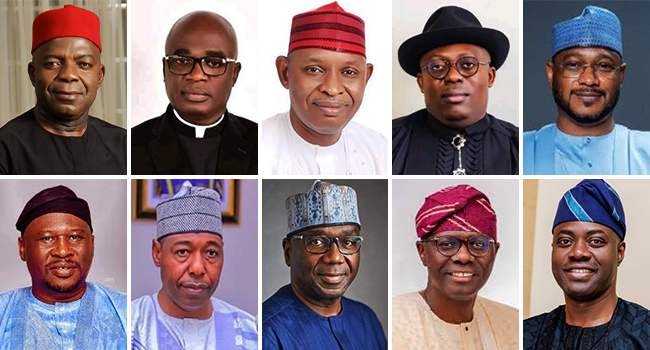State governments in Nigeria are poised to receive a substantial increase in statutory federal allocations, amounting to N5.54 trillion in 2024. This represents a significant rise of 69 percent compared to the N3.3 trillion disbursed in 2023.
According to data extracted from the approved 2024 budget, states are anticipated to obtain N2.24 trillion more than the previous year’s allocations. These funds, distributed during the Federation Accounts Allocation Committee (FAAC) meetings, primarily comprise revenue generated from oil exports, taxes, and other statutory sources.
Under the existing revenue-sharing formula, the Federal Government receives 52.68 percent of the revenue, while states and local governments obtain 26.72 percent and 20.60 percent, respectively. This distribution is aimed at facilitating development across various tiers of government and ensuring that states and local governments fulfill their financial obligations.
A breakdown of the projected revenue reveals that Lagos State is set to receive the highest allocation of N596.63 billion, followed by Delta and Akwa Ibom with N564.29 billion and N510.02 billion, respectively. Other states, such as Adamawa, Anambra, Bauchi, Benue, Borno, Ebonyi, Edo, Ekiti, Gombe, Enugu, Imo, Jigawa, Kogi, Kwara, Nasarawa, Niger, Kaduna, Katsina, Kebbi, Ondo, Osun, Oyo, Taraba, Plateau, Sokoto, Yobe, and Zamfara, are also slated to receive significant allocations.
Despite the projected increase in funding, 32 states have expressed intentions to borrow a total of N2.78 trillion from domestic and external sources to finance their 2024 budgets. These borrowings aim to bridge budget deficits and are sourced from both domestic financial institutions and external financiers.
While the borrowing plans outlined in the 2024 budgets may not materialize entirely, concerns have been raised about the escalating debt profiles of states. Nevertheless, the projected revenue surge should ideally mitigate the need for extensive borrowing by state governments, prompting further scrutiny of their fiscal management practices.
















